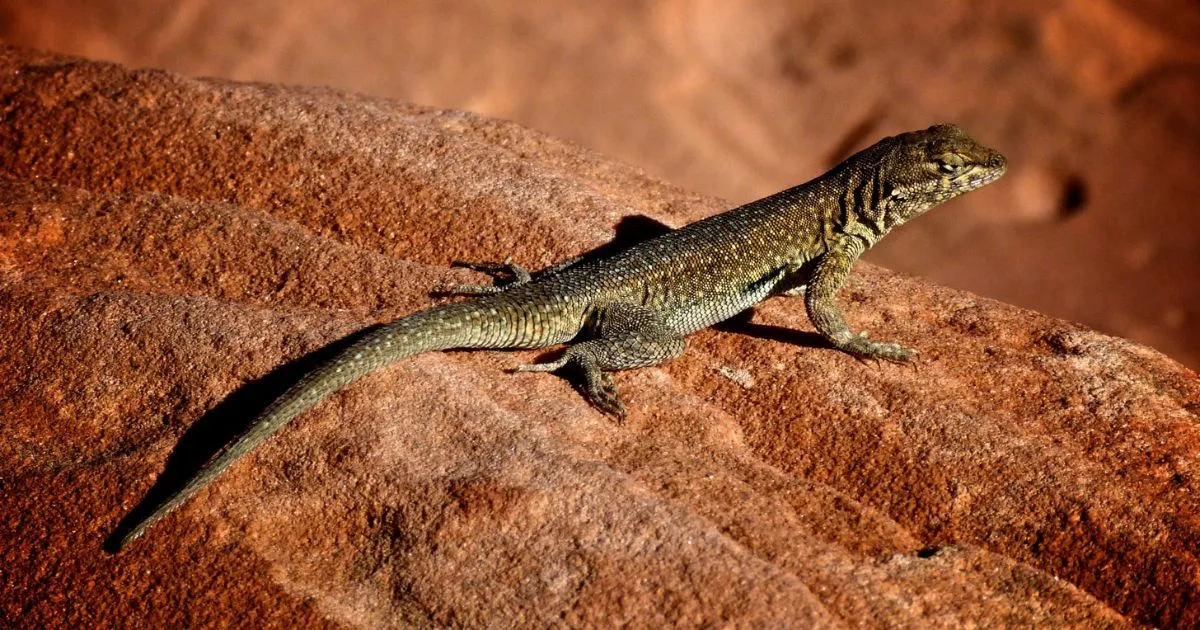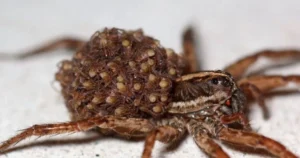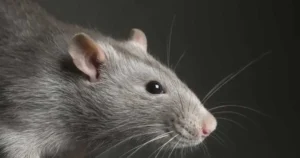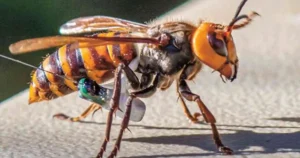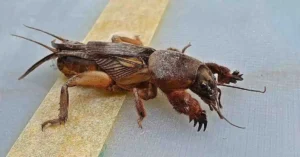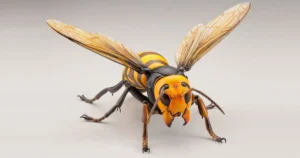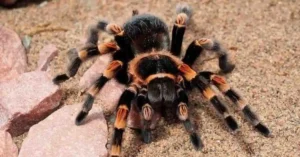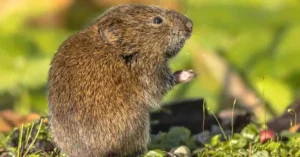Lizards are often unwelcome guests in many homes, despite their important role in controlling pests like mosquitoes and flies. While these reptiles are harmless to humans, their presence in living spaces can be unsettling. If you’re looking to get rid of lizards without causing harm, this guide outlines safe, natural, and effective methods to manage and prevent lizard infestations.
Why Do Lizards Enter Homes?
Understanding why lizards are drawn to your home is the first step in preventing their entry. Common reasons include:
- Food Sources: Lizards feed on insects such as flies, ants, and mosquitoes. A home with ample insect activity naturally attracts them.
- Shelter: Cool, damp, and dark spaces like corners, cracks, and behind furniture offer ideal hiding spots.
- Lighting: Bright outdoor lights attract insects, which in turn, attract lizards.
By addressing these factors, you can significantly reduce the chances of lizards entering your space.
Types of Lizards Commonly Found Indoors and Outdoors
Lizards come in various shapes, sizes, and types. While the article from Smith’s Pest Management highlights some lizards you might encounter, here’s an expanded list based on the information:
1. House Geckos (Hemidactylus spp.)
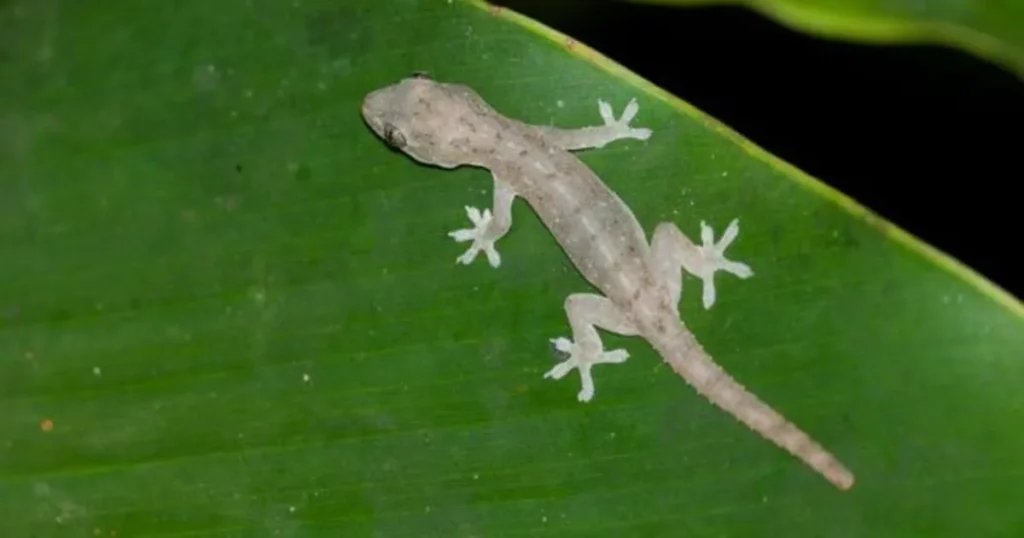
- Appearance: Small, light brown or gray with translucent skin.
- Habitat: Commonly found indoors, particularly on walls and ceilings near light sources.
- Behavior: Active at night and feed on insects attracted to lights.
2. Garden Lizards (Calotes spp.)
- Appearance: Medium-sized with vibrant green or brown coloration.
- Habitat: Found in gardens, shrubs, and outdoor vegetation.
- Behavior: Diurnal creatures that help control garden pests.
3. Anoles (Anolis spp.)
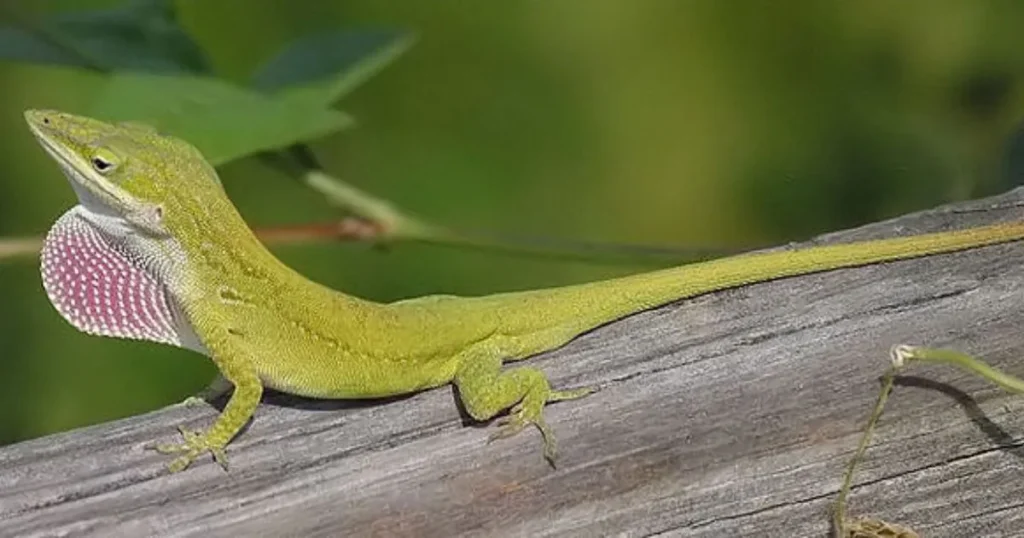
- Appearance: Small to medium-sized with the ability to change colors, usually green or brown.
- Habitat: Found in gardens, walls, and trees.
- Behavior: Known for their distinctive throat fan, called a dewlap, which they use for communication.
4. Skinks (Scincidae family)
- Appearance: Smooth, shiny scales with short legs and a cylindrical body.
- Habitat: Prefer outdoor environments like gardens, leaf litter, or under rocks.
- Behavior: Mostly harmless and known for their quick, darting movements.
5. Monitor Lizards (Varanus spp.)
- Appearance: Large lizards with robust bodies and strong claws.
- Habitat: Found in both wild and semi-urban areas.
- Behavior: Though intimidating, they are generally shy and avoid humans.
6. Iguanas (Iguana spp.)
- Appearance: Large, often green or brown with long tails and prominent spines on their backs.
- Habitat: Usually found in tropical or subtropical areas, often as pets that escape or are released.
- Behavior: Herbivorous and typically docile.
7. Chameleons (Chamaeleonidae family)
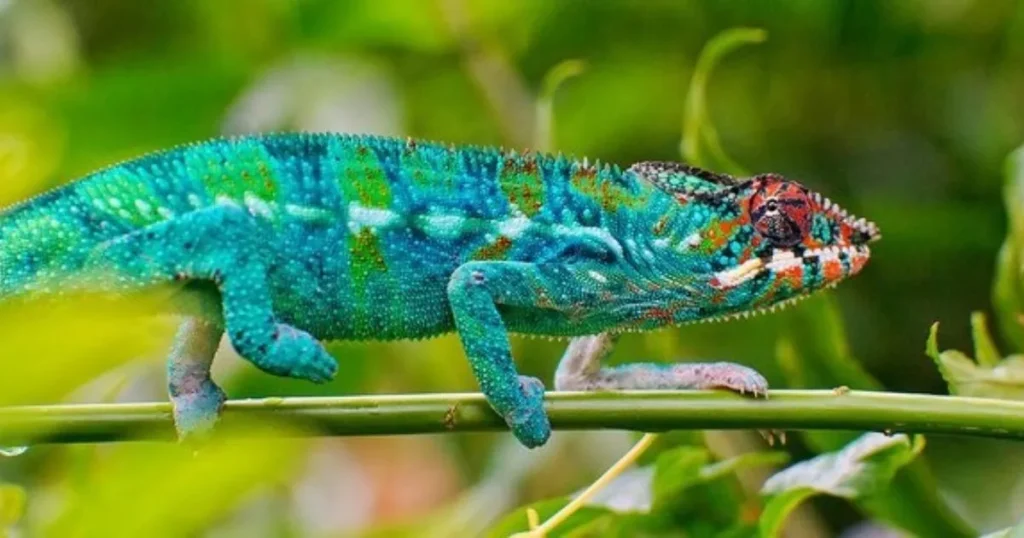
- Appearance: Known for their ability to change color, zygodactylous feet, and independently rotating eyes.
- Habitat: Typically found outdoors in gardens or trees but may occasionally wander indoors.
- Behavior: Solitary creatures that feed on insects.
Proven Ways to Get Rid of Lizards
1. Keep Your Space Clean
A clutter-free, hygienic environment is your best defense against lizards. Regular cleaning helps eliminate food crumbs, which attract insects and, subsequently, lizards.
- Remove Leftovers: Always clean up food spills and store leftovers in airtight containers.
- Trash Management: Use bins with tight lids to prevent insect infestations.
- Declutter: Avoid piling up newspapers, cardboard boxes, or old furniture, as these provide hiding spots for lizards.
2. Block Their Entry Points
Seal all cracks, gaps, and holes in your home to make it difficult for lizards to enter.
- Caulk Windows and Doors: Use caulk to fill gaps around windows, doors, and vents.
- Install Mesh Screens: Fine mesh over windows and air vents acts as a barrier against lizards.
- Weather Stripping: Add weather stripping to doors to close off gaps.
3. Use Natural Repellents
Natural repellents are a humane way to deter lizards from your home.
- Eggshells: The smell of eggshells deters lizards. Place broken eggshells near windows, doors, or other entry points.
- Garlic and Onion: Hang garlic or onion slices in areas frequented by lizards. Their pungent smell is a natural deterrent.
- Pepper Spray: Mix black or red pepper powder with water to create a spray. Apply it to corners, windowsills, and entryways.
4. Install Repellent Plants
Certain plants are known to repel lizards and other pests.
- Peppermint: Its strong aroma keeps both insects and lizards at bay.
- Citronella: This plant is a natural insect repellent, reducing the food supply for lizards.
- Wormwood: Known for its bitter scent, wormwood deters lizards effectively.
5. Modify Lighting to Reduce Attractants
Bright lights, especially at night, attract insects, which in turn attract lizards.
- Switch to Yellow Lights: Use sodium vapor or yellow LED lights, which attract fewer insects.
- Minimize Outdoor Lighting: Turn off unnecessary outdoor lights in the evening.
6. Use Sticky Traps
Adhesive traps are an easy way to capture lizards without harming them. Place these traps in corners, behind furniture, or near windows where lizards are active.
- Once trapped, release the lizard outdoors by applying vegetable oil to dissolve the adhesive.
7. Apply Home Remedies
Natural substances can effectively repel lizards.
- Coffee and Tobacco Balls: Mix coffee powder with crushed tobacco and shape it into small balls. Place these in areas where lizards are often seen.
- Cold Water: Lizards are cold-blooded creatures. Spraying cold water can slow their movements and encourage them to leave.
8. Control the Insect Population
Lizards thrive where insects are abundant. Reducing insect activity is crucial for long-term lizard control.
- Insect Traps: Use sticky traps or UV light traps to reduce insect populations.
- Close Food Sources: Store food properly and clean areas prone to insect activity, such as the kitchen.
9. Maintain Outdoor Areas
Your garden or yard can be a haven for lizards if not maintained properly.
- Trim Vegetation: Keep grass short and bushes well-trimmed to reduce shelter.
- Eliminate Standing Water: Fix leaky pipes and remove water containers to prevent insect breeding.
- Fill Burrows: Close holes or gaps in your yard to prevent lizards and their prey from taking refuge.
10. Professional Pest Control

If natural methods don’t work, consider hiring pest control experts.
- Inspection: Professionals will identify the extent of the infestation and its root causes.
- Treatment: They use eco-friendly sprays or baits to remove lizards safely.
- Preventive Measures: Pest control companies can also help seal entry points to prevent future infestations.
Myths About Lizards and Their Control
Lizards are surrounded by many myths, leading to ineffective or harmful control methods. Here are some common misconceptions:
- Myth: Lizards are poisonous.
Fact: Most household lizards are non-venomous and harmless to humans. - Myth: Killing lizards is the only way to remove them.
Fact: Humane methods such as repellents and traps are equally effective and environmentally friendly. - Myth: Lizards are drawn to dirty homes only.
Fact: Even clean homes can attract lizards if insects and hiding spots are present.
Conclusion
Lizards are essential for maintaining ecological balance, but their presence in homes can be unsettling for many. By understanding their behavior and implementing the strategies outlined in this guide, you can manage and prevent lizard infestations effectively. Opt for natural and humane methods first, and seek professional help if needed. A clean, well-maintained, and sealed environment is your best defense against lizards and other pests.
FAQs
How can I get rid of lizards without harming them?
Use natural repellents such as garlic, onion, eggshells, or pepper spray. Sticky traps can also capture lizards safely for release.
Why do I keep seeing lizards in my house?
Lizards are attracted to your home due to food (insects), shelter (dark corners), and environmental conditions (warmth and humidity).
Are lizards harmful to humans?
Most household lizards are harmless and non-venomous. They can be beneficial by controlling insect populations.
When should I call pest control for lizards?
If natural remedies fail or you have a large infestation, professional pest control can provide effective and humane solutions.

James William is a passionate animal lover and expert in the Animals and Pets niche. With years of experience in pet care, wildlife studies, and blogging, James shares practical tips, heartwarming stories, and expert advice to help pet owners build stronger bonds with their furry, feathered, and scaly companions.
